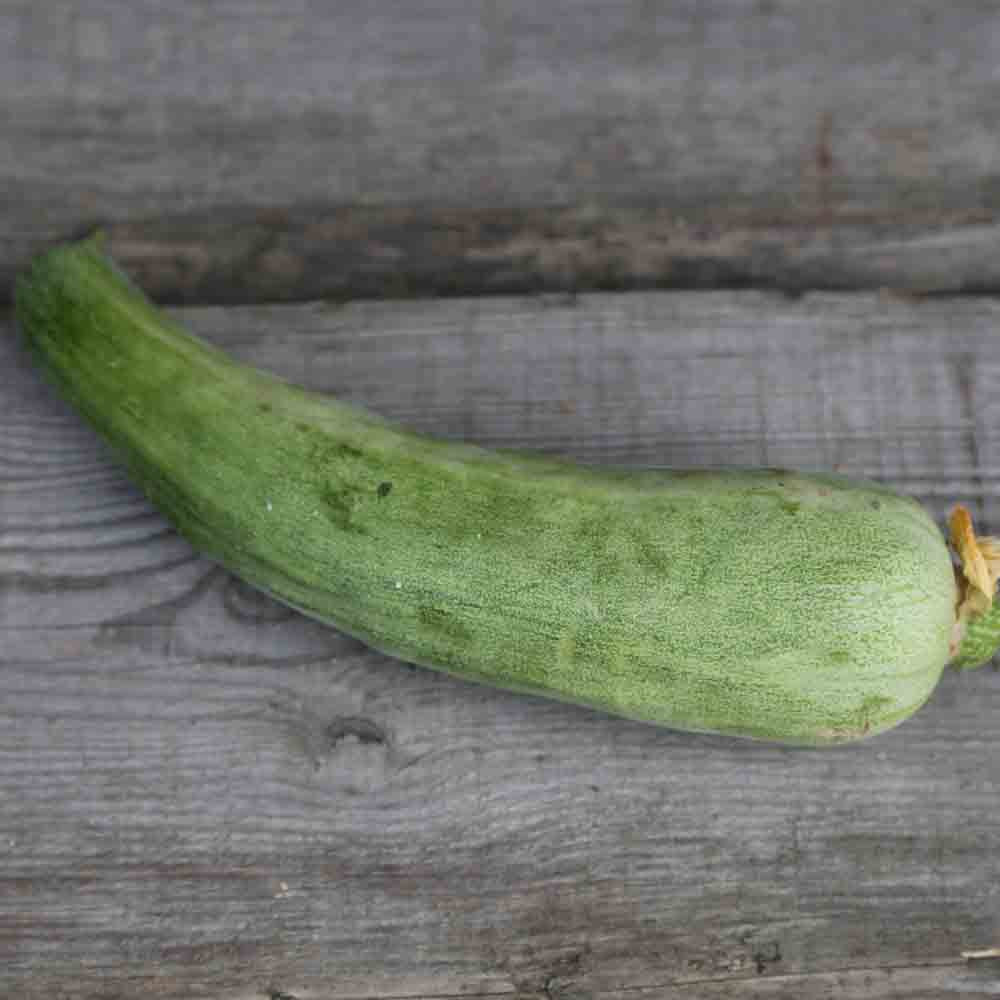MELON YANGJIAOMI AB
Cucumis melo
Yangjiaomi melon is an early variety that produces fruits of about 1 kg , with a distinctive shape resembling a goat's horn . Its skin is thin, pale green-white in color, and its flesh is green , fragrant, sweet, juicy and melting. It is particularly appreciated for its delicate flavor and pleasant texture. This melon is an ideal option for those looking for an early and tasty variety.
How to successfully sow melons
Sowing melons in pots
Melons, including Yangjiaomi , require warmth (between 24 and 35°C ) and light to germinate. The temperature should not drop below 15°C at night for optimal germination.
It is recommended to sow in March/April in a warm bed or in a heated greenhouse , then replant the young plants in the garden once the risk of frost has passed, i.e. from mid-May .
Instructions for sowing in pots:
- Sow 2 to 3 seeds per pot, placing the seed tips downwards, 1 cm deep in fine seed compost .
- Water regularly with a sprayer to keep the soil moist but not soggy.
- Place the cups in a very bright location, preferably near a window .
- Once seedlings appear, make sure they receive maximum light to promote vigorous growth.
- Remove the weakest plants, keeping only the strongest ones.
Melon sowing in place
For those who live in warm regions, particularly in the south of France or in a Mediterranean climate , it is possible to sow directly in the ground.
Instructions for sowing in place:
- Space each plant 80 cm to 1 m apart.
- Place 2 to 3 seeds per pocket, 1.5 cm deep .
- Cover the seeds with a mixture of sifted garden soil and mature compost .
- Cover the seedlings with a cloche or a frame at the beginning of the growing season.
- Keep only the most vigorous plant.
Melon planting
Young melon plants can be planted in the garden between April and mid-June , depending on the region. If you are not in the south, it is strongly recommended to use a heated greenhouse for growing melons, or a plastic tunnel at the beginning of cultivation to maintain the necessary heat.
Tips for planting:
- Space plants 80 cm to 1 m apart .
- Choose a sunny location with potash- rich soil. Before planting, remember to loosen the soil and add a little compost to encourage good growth.
Association with the vegetable garden
Melons grow well with most vegetables, except cucumbers and squash . Be careful when choosing neighbors for melons in your vegetable garden to avoid conflicts.
Melon cultivation
Once the plant has formed 4 to 6 leaves , it is advisable to prune the main stem to encourage branching and promote better fruiting.
Tips for growing:
- Water moderately and regularly, but avoid overwatering as this will affect the flavor of the fruit.
- Do not wet the foliage when watering to prevent the appearance of powdery mildew .
- Weed regularly after planting to limit competition, then mulch the soil in late June-early July to maintain soil warmth and moisture.
- Remove leaves that shade the fruit to allow them to benefit from maximum light.
- Place wooden boards or tiles under the fruit to protect it from soil moisture and provide extra warmth.
Melon harvest
Yangjiaomi melons are ready to harvest about 2 to 3 months after transplanting them into the garden. You will know they are ripe when:
- Its color fades, often taking on a slight yellowing .
- The stalk comes off effortlessly.
- You will smell its fragrance more pronounced.
- Fully ripe fruit has a small crack around the stem, a sign that it will soon fall off.
Storage tip:
Do not store melon in the refrigerator, as this will destroy its aroma and impair its taste. Instead, store it in a cool, well-ventilated place.
Melon diseases
Melon is particularly susceptible to fungal diseases such as:
- Cucurbit mildew
- Cladosporium leaf spot
- Powdery mildew
To avoid these diseases, it is essential to avoid watering the foliage, especially at the end of the day, and not to wet the leaves in humid weather.
Other pests:
- Aphids and seedpod flies are the main pests. To avoid these pests, sow when temperatures are high enough to allow rapid plant growth.
By following these tips, you should be able to grow healthy and tasty Yangjiaomi melons in your garden!









